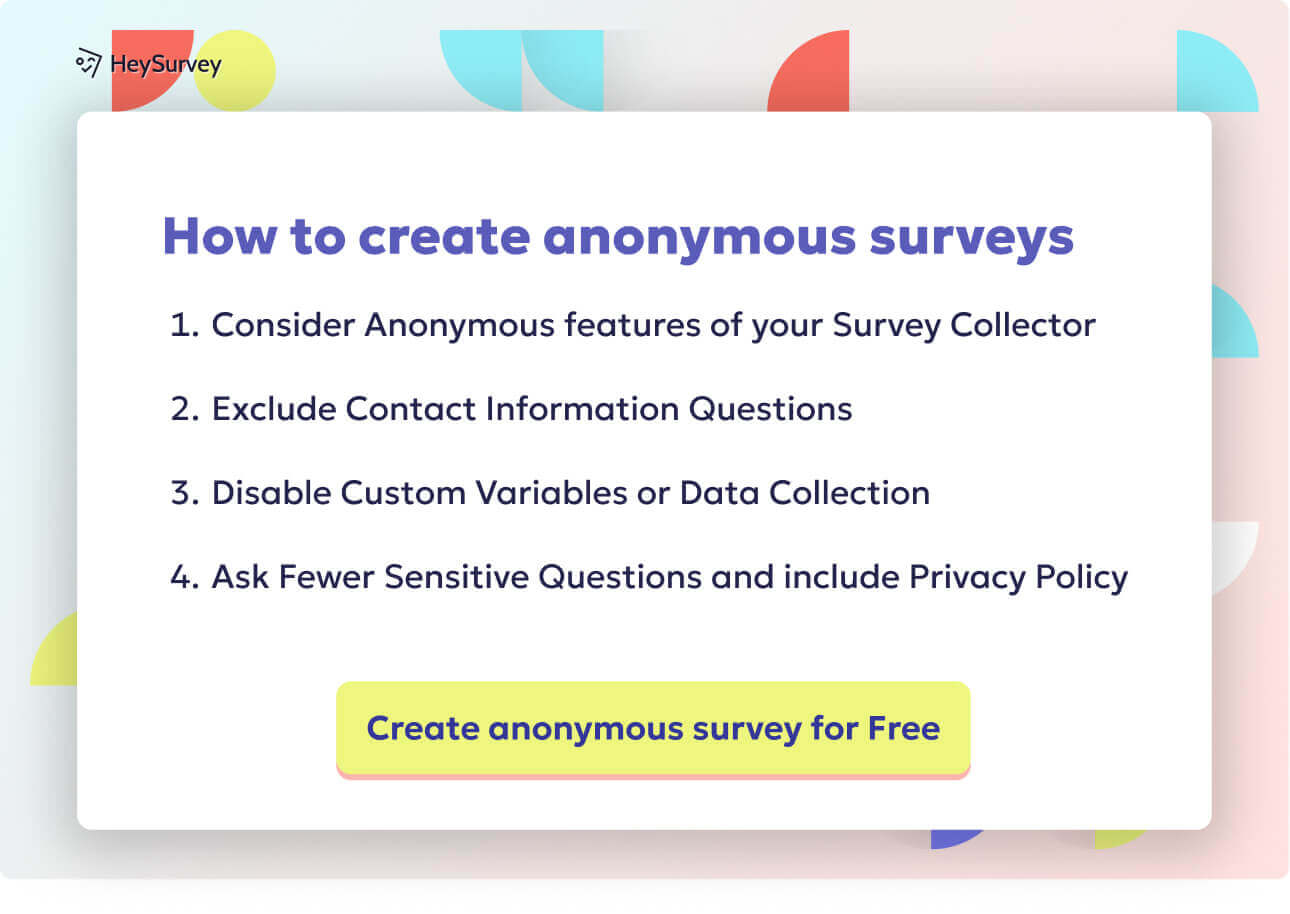29 Employee Survey Questions About Management: Proven Types & Tips
Discover 30+ employee survey questions about management with proven types, sample items, and tips to boost leadership and team performance.
Employee survey questions about management are a powerful tool for organizations to pinpoint strengths and opportunities in their leadership teams. These surveys uncover how managers are perceived by their direct reports, and they shed light on the impact of management style, communication, support, and trust. Organizations use results to boost engagement, retention, and to spark real leadership development. Deploy them post-probation, after annual reviews, or whenever managers or teams go through big changes. Used well, manager feedback surveys drive not just improvement, but also create a culture of transparency, psychological safety, and meaningful dialogue.
Performance Feedback Surveys
Why and When to Use This Type of Survey
Performance feedback surveys focus on how managers communicate expectations, set goals, coach, and review their employees’ work. These surveys are like a backstage pass to see how effectively leaders drive team performance. When used at the right time, such as in the lead-up to annual or mid-year review cycles, or right after updates to the performance management process, they illuminate whether goals are clear, feedback is useful, and rewards are fairly linked to performance.
You should deploy these surveys when:
- There’s a new performance management system rolling out
- You’re prepping for a round of performance reviews
- There are questions around what “good performance” really means
- Employees grumble about fairness or lack of clarity on reviews
By focusing on these points, companies spot gaps where managers may fall short—like being vague with expectations, or missing the mark on feedback consistency. This proactive approach gives you, the organization, the chance to support managers before any issues escalate into disengagement, turnover, or mistrust.
5 Sample Questions
My manager provides clear, measurable performance expectations.
I receive actionable feedback from my manager on a regular basis.
Performance reviews conducted by my manager are fair and unbiased.
My manager helps me align my goals with team objectives.
I understand how my performance impacts my compensation and growth opportunities.
Such questions help to pinpoint exactly where leaders shine—or where your feedback and performance culture needs a little TLC.
High-quality feedback significantly enhances employee productivity compared to low-quality or no feedback. (sciencedirect.com)
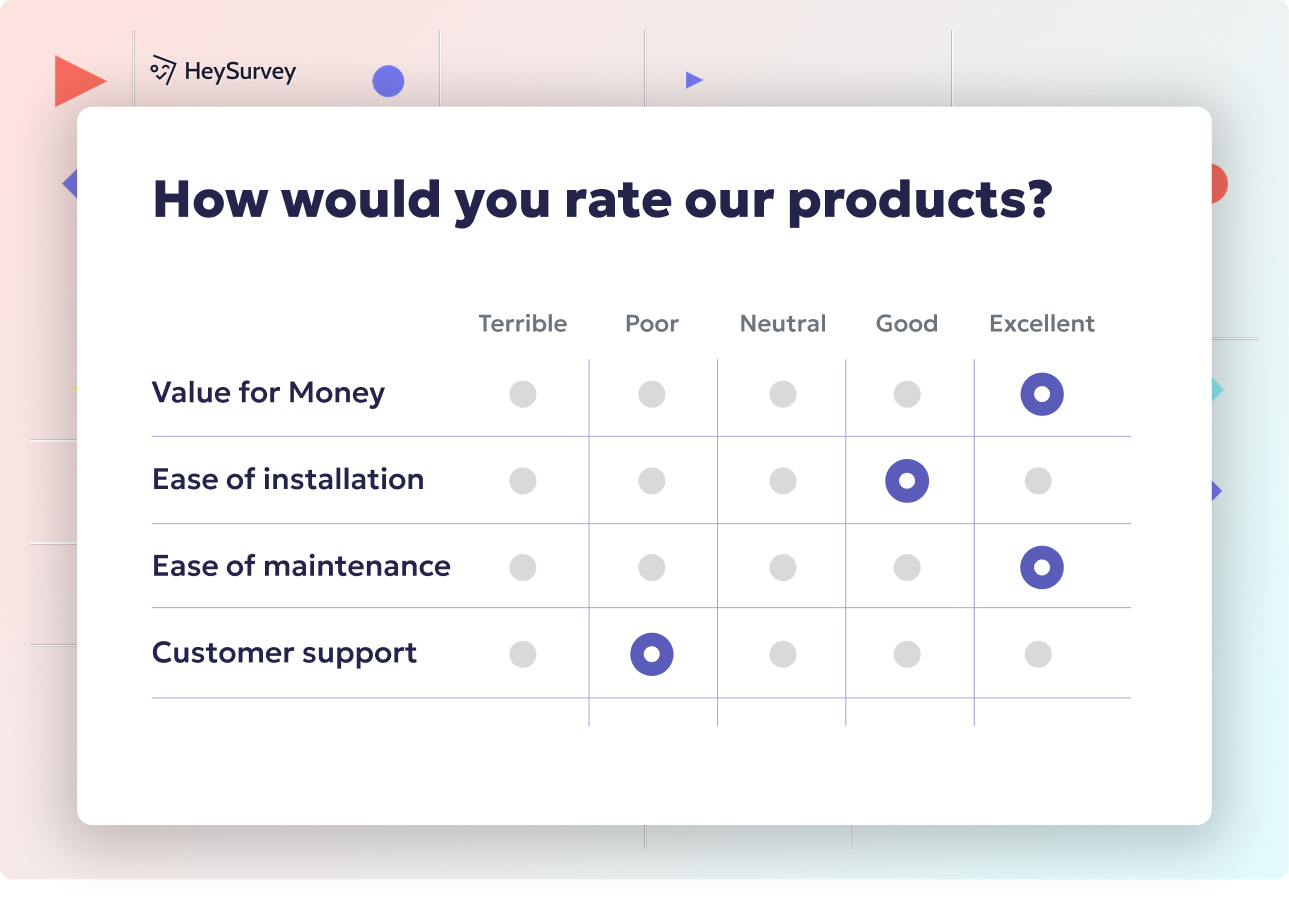
Creating a management-focused employee survey with HeySurvey is a breeze, even if you’re new to the platform. Follow these 3 simple steps to get your survey up and running in no time.
Step 1: Create a New Survey
- Open HeySurvey and click “Create New Survey.”
- Choose either an empty survey to start fresh or select a pre-built template designed for employee or management feedback.
- Give your survey a clear internal name so you can identify it later—something like “Management Feedback Q2 2024” works perfectly.
Pro tip: You can start right away without an account, but signing up lets you publish the survey and collect responses.
Step 2: Add Questions
- Click on Add Question and select the appropriate question type: text, choice, scale, etc.
- Use the sample questions from this article as your guide, copying each one into the question text field.
- Mark important questions as required to ensure critical feedback doesn’t slip through the cracks.
- Feel free to add descriptions or instructions to clarify what you’re asking—this encourages thoughtful responses.
- Customize each question’s options, like allowing multiple answers or branching based on replies.
Bonus: Add images or icons to make the survey more engaging, sourcing them from Unsplash or Giphy right within HeySurvey.
Step 3: Publish Your Survey
- Once your questions are in, click Preview to see how your survey looks and flows.
- Make any final tweaks in the Designer Sidebar—adjust colors, fonts, and layout to match your company’s feel.
- When satisfied, hit Publish. You’ll get a sharable survey link to send out via email, chat, or embed on your intranet.
Note: Publishing requires a HeySurvey account to save and view collected responses.
Bonus Steps for Maximum Impact
Apply Branding
- Upload your company logo to the top left of the survey, making the experience uniquely yours.
- Choose brand colors and fonts in the Designer Sidebar to reinforce your culture visually.
Define Settings
- Set your survey start and end dates to control when employees can respond.
- Limit responses if you want—for example, stop accepting answers after 500 submissions.
- Add a custom redirect URL for after the survey, such as a thank-you page or internal hub.
Skip Into Branches
- Use branching paths to tailor the survey experience, such as skipping sections irrelevant to certain roles or tailoring follow-ups based on answers.
- This keeps the survey focused and respectful of respondent time, improving completion rates.
Ready to dive in? Hit the button below to open a management survey template and get started instantly on HeySurvey!
Leadership Style Assessment Surveys
Why and When to Use This Type of Survey
Leadership style assessment surveys are a bit like personality quizzes for managers… except with far more action at stake. They spotlight how leaders demonstrate empathy, make decisions, empower staff, and flex their approach. This provides a valuable mirror, not just for HR, but also for the managers themselves.
Great times to launch these surveys include:
- After onboarding a new team leader
- When a department has gone through recent leadership development training
- If teams are experiencing high tension or lack of fit with their boss
- When you’re curious about the overall “vibe” of your leadership pipeline
By targeting these moments, you find out if managers are supporting autonomy, adapting their approach as teams evolve, or maybe leading with an iron fist when a velvet glove would do better. This approach is key for spotting misalignments between leader style and team culture, so you can offer targeted coaching or development resources.
5 Sample Questions
My manager demonstrates empathy when addressing team concerns.
My manager empowers me to make decisions within my role.
My manager adapts leadership style to meet changing team needs.
My manager involves the team in setting strategic direction.
My manager remains calm and decisive during high-pressure situations.
Responses here open the door to a more adaptable, resilient, and emotionally intelligent bench of leaders.
Research indicates that employees with confidence in leadership are over five times more engaged than those without, highlighting the critical role of leadership perception in employee engagement. (blog.perceptyx.com)
Manager Communication Effectiveness Surveys
Why and When to Use This Type of Survey
Manager communication effectiveness surveys give you a real-time pulse-check on how well leaders keep their teams in the loop. Have you just announced a major strategic shift? Perhaps a rumor mill is undermining morale, or repeated miscommunication is getting in the way of progress. This survey is your first responder!
Lean on these surveys:
- After massive announcements, such as a new CEO or structure
- Following complaints about communication breakdowns
- When rolling out new processes that need clear communication
- In the wake of re-organizations or after teams merge
Done right, these surveys help you root out areas where information gets lost in translation. You’ll see if managers relay messages smoothly or if rumors race ahead of reality. They also signal if managers provide a clear, consistent flow of information that helps everyone row in the same direction—or if some folks are left in the dark.
5 Sample Questions
My manager communicates important information in a timely manner.
I understand the rationale behind decisions my manager shares.
Team meetings led by my manager are productive and well-structured.
My manager actively listens to feedback and concerns.
Information from my manager is consistent with messages from senior leadership.
By nailing these basics, you foster a climate where everyone knows what’s up—and why!
Trust & Psychological Safety Surveys
Why and When to Use This Type of Survey
Trust and psychological safety surveys are the bedrock of any high-performing, innovative, or collaborative culture. Teams need to know that speaking up won’t land them in hot water. When a manager builds this trust, risk-taking and learning become part of daily work—cue creativity!
Deploy these surveys in moments like:
- After team conflict or workplace drama
- When you’re investing in innovation, agility, or culture change
- During or after a merger where trust lines might break
- As a regular check-in for teams driving critical company missions
This survey shines a flashlight on whether employees feel respected, mistakes are treated as springboards (not landmines), and how openly people can disagree. If responses point to cracks in the foundation, it’s time for some cultural concrete to patch things up before real damage hits morale or retention.
5 Sample Questions
I feel safe speaking up about work-related problems with my manager.
My manager treats all team members with respect.
Mistakes are viewed as learning opportunities by my manager.
My manager keeps commitments made to the team.
I trust my manager to act in my best interest.
With honest answers, you can foster a workplace where psychological safety isn’t just a slogan, but the actual experience of every team member.
Investing in leadership development across all organizational levels enhances psychological safety, with employees 64% more likely to rate senior leaders as inclusive. (mckinsey.com)
Manager Support & Resource Access Surveys
Why and When to Use This Type of Survey
Manager support and resource access surveys tackle a practical, and often overlooked, part of the employee experience: what’s it actually like getting work done around here? Great managers don’t just hand out tasks—they remove barriers and unlock what their people need to excel.
Best times to use these surveys:
- When you sense productivity is slipping and want to find the culprit
- At the start of budgeting cycles, to check resource allocation
- After complaints about overwhelming workloads or poor infrastructure
- When teams are navigating new projects or challenges requiring different skillsets
This survey helps you locate bottlenecks controlled by managers, whether it’s training, tools, or just old-fashioned support. Sometimes all it takes is a small resource tweak to transform output and morale.
5 Sample Questions
My manager ensures I have the resources needed to do my job well.
My manager proactively removes roadblocks that impede my work.
I receive adequate training opportunities recommended by my manager.
My workload is fair and manageable thanks to my manager’s planning.
My manager supports my professional development goals.
If employees are stuck or starved of support, these answers will show you precisely where to act!
Recognition & Appreciation Surveys
Why and When to Use This Type of Survey
Recognition and appreciation surveys are the shop window for your culture. When recognition is sparse or handed out haphazardly, even the best employees check out—mentally and, eventually, physically. If engagement surveys flag low morale, or people say “I only hear what I’m doing wrong,” it’s time for a fresh look at how credit is given.
Deploy these when:
- Engagement or pulse surveys point to low morale or retention risk
- Feedback suggests managers aren’t giving enough (or the right kind of) praise
- You’re launching or revamping recognition programs
- Teams have just completed big projects or hit major milestones
Focusing on fair, genuine, and personalized acknowledgment helps managers turn small moments into big wins. It’s not about company swag—it’s about making people feel seen.
5 Sample Questions
My manager acknowledges my contributions promptly.
Recognition from my manager feels genuine and personalized.
My manager celebrates team achievements publicly.
I understand the criteria my manager uses for recognizing good work.
My manager’s recognition practices motivate me to excel.
With rich data, you can help managers build new habits around showing appreciation—and amplify the good vibes across your organization.
Change Management Surveys
Why and When to Use This Type of Survey
Change management surveys are your early-warning system and rearview mirror combined. Rolling out new software, merging with another firm, or tweaking policies? Employees look to their manager for guidance—so it’s crucial to know how those managers are weathering the storm.
Deploy these surveys:
- Before, during, and after big organizational changes
- When rolling out new processes or technology
- If you suspect resistance, confusion, or anxiety on teams
- After feedback that change rollouts haven’t landed well in the past
Such surveys capture how managers explain, champion, and support change. They also spotlight whether transparency, empathy, and effective support are part of your change playbook—or if something is missing.
5 Sample Questions
My manager clearly explains why changes are necessary.
I feel supported by my manager during periods of change.
My manager solicits input before implementing changes affecting our team.
My manager provides training/resources to adapt to new processes.
I am confident my manager can guide the team successfully through change.
This pulse-check merges people with process, ensuring your next transformation lands smoothly instead of causing chaos.
360-Degree Managerial Feedback Surveys
Why and When to Use This Type of Survey
360-degree feedback surveys kick your evaluation game up a notch by capturing feedback from every angle: peers, direct reports, even managers themselves. This full-circle view wipes out bias and paints a holistic picture of a manager’s impact—vital for development, promotions, and cultural alignment.
Prime moments to use:
- During high-potential leader development programs
- As a ritual before leadership promotions
- When addressing blind spots or feedback gaps
- For managers leading cross-functional teams or highly visible projects
This approach boosts both self-awareness and organizational decision-making, providing feedback that’s rich, truthful, and impossible to ignore. Your leaders get more actionable advice, while you nurture a learning culture from top to bottom.
5 Sample Questions
My manager collaborates effectively with other departments.
My manager demonstrates integrity in cross-functional interactions.
My manager seeks feedback from multiple sources to improve.
My manager’s leadership contributes positively to overall company culture.
I would recommend working for this manager to others.
The insights here shape the next generation of leaders—confident, accountable, and genuinely admired by their peers.
Best Practices: Dos and Don’ts for Crafting & Deploying Management-Focused Surveys
Designing and deploying management-focused surveys is half art, half science. But a few golden rules always apply if you want stellar participation and trustworthy insights.
Dos
- Use action-oriented, behavior-based wording for clear, bias-free questions.
- Assure complete anonymity to encourage candor and honesty in responses.
- Match survey cadence with business rhythms—too frequent and you risk “survey fatigue.”
- After collecting feedback, close the loop: always share results and action plans within 30 days.
Don’ts
- Don’t use leading or double-barreled questions (e.g., “Does your manager communicate and motivate well?”—too fuzzy!).
- Limit your surveys to 20-25 questions max for high completion rates; don’t overload respondents.
- Don’t skip demographic cuts—segmenting responses can reveal hidden trends you’d otherwise miss.
Follow these do’s and don’ts for a survey experience that’s smooth for employees, easy on HR, and laser-focused on boosting leadership impact.
When you use thoughtful, well-timed employee survey questions about management, you open doors to big improvements in leadership, culture, and performance. Keep your surveys focused, results transparent, and actions intentional, and you’ll create a feedback flywheel that keeps your organization spinning in the right direction. Great managers aren’t born—they’re made, one honest answer at a time.
Related Employee Survey Surveys
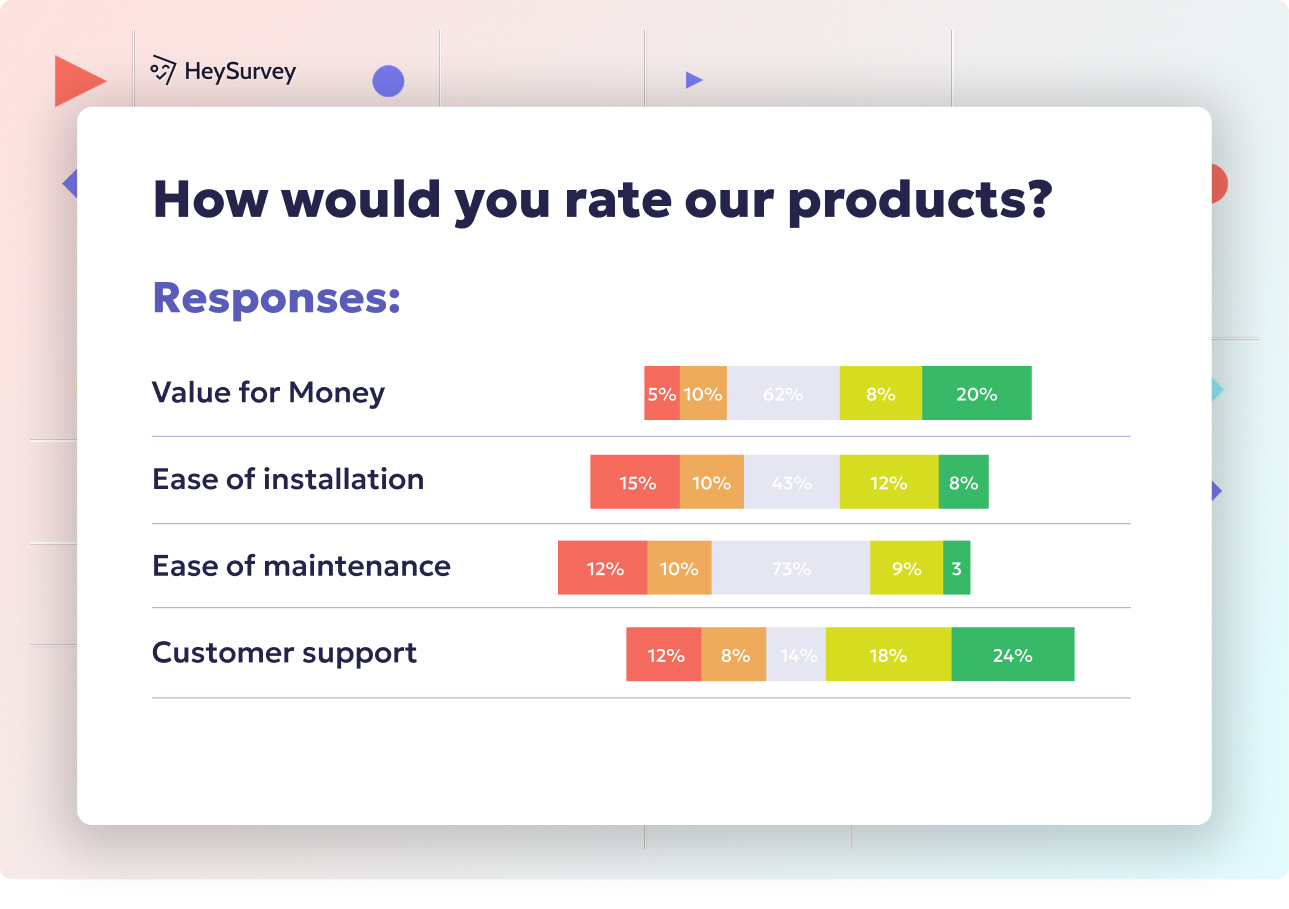
29 Essential Post Mortem Survey Questions for Project Success
Discover 25+ essential post mortem survey questions to improve projects, boost team morale, and d...
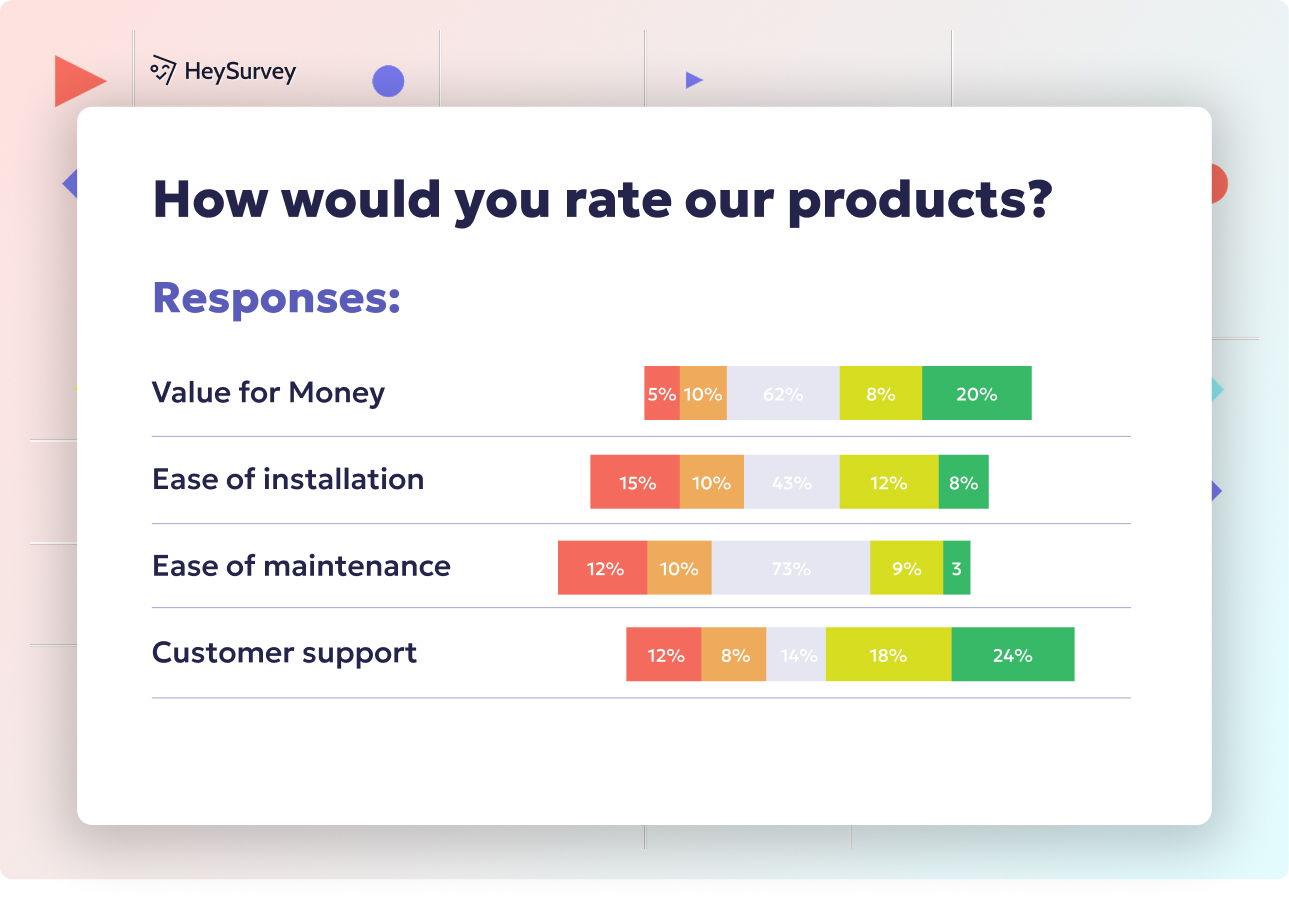
31 Change Readiness Survey Questions to Boost Your Success
Discover 25+ sample change readiness survey questions to assess attitudes, barriers, and confiden...
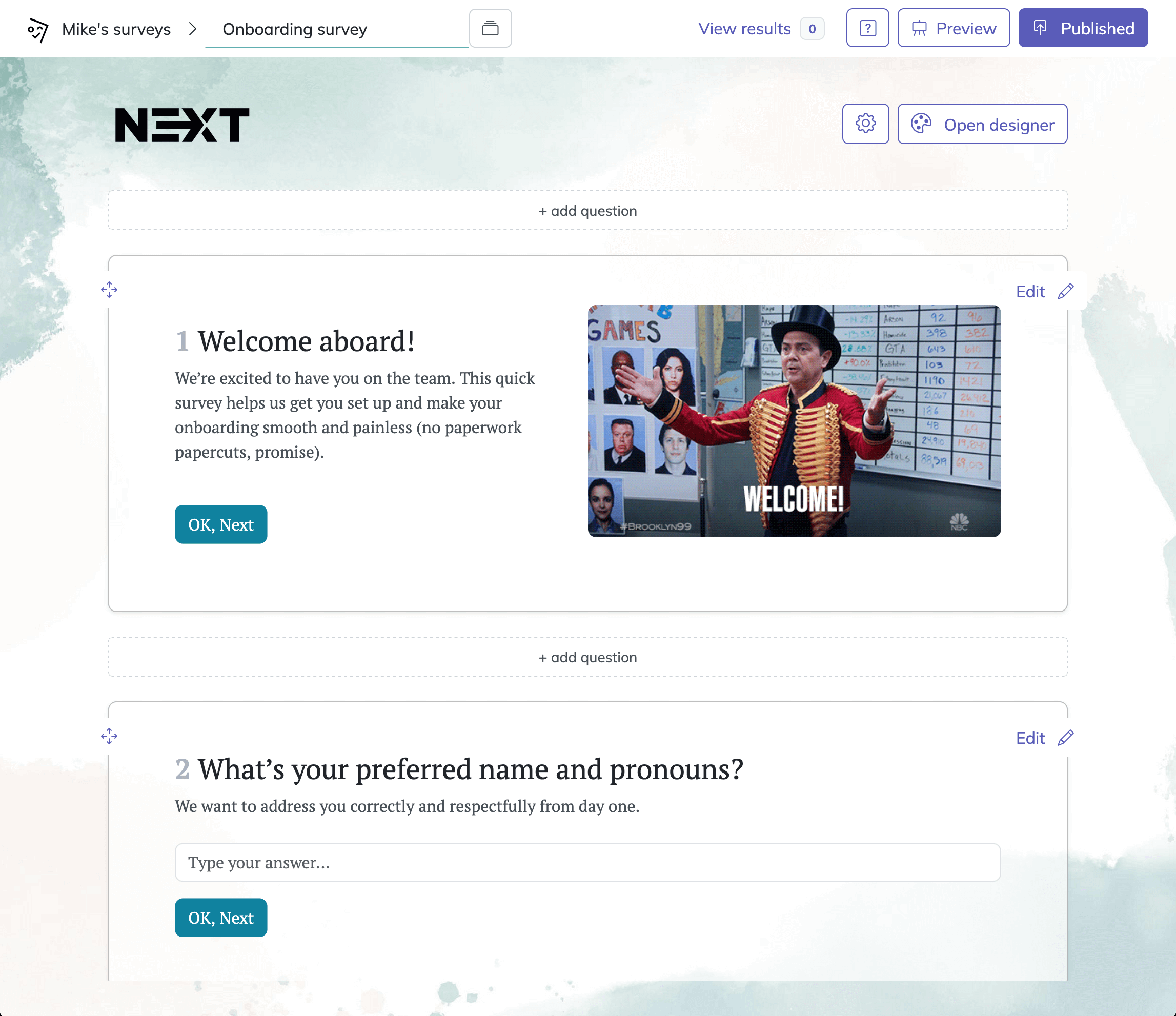
31 Retreat Survey Questions to Collect Actionable Feedback
Discover 26 essential retreat survey questions to gather actionable feedback before, during, and ...
